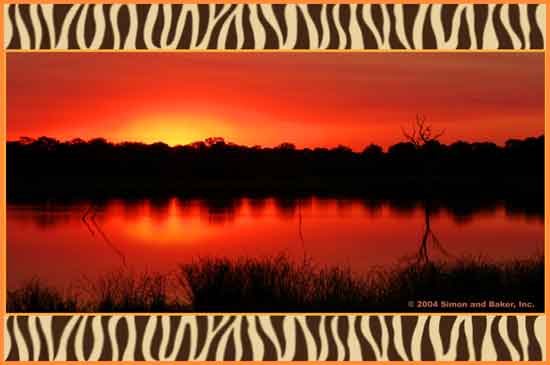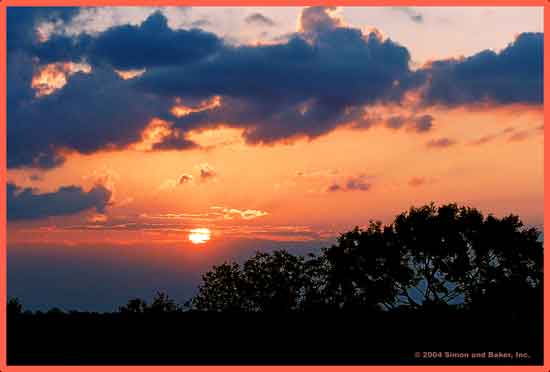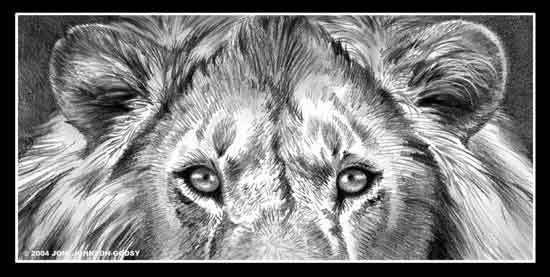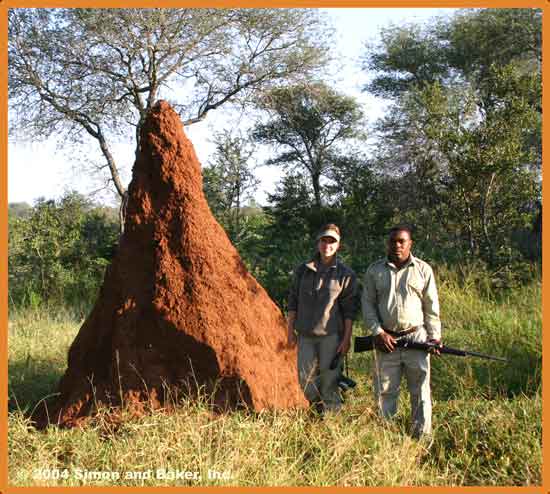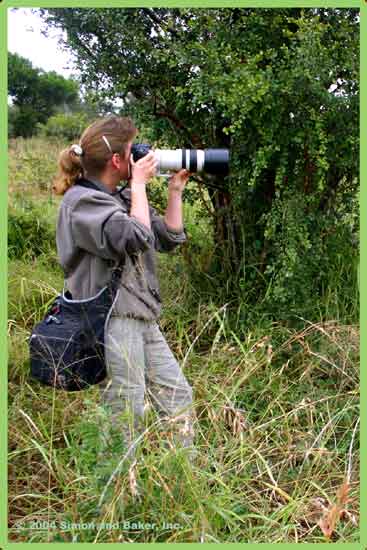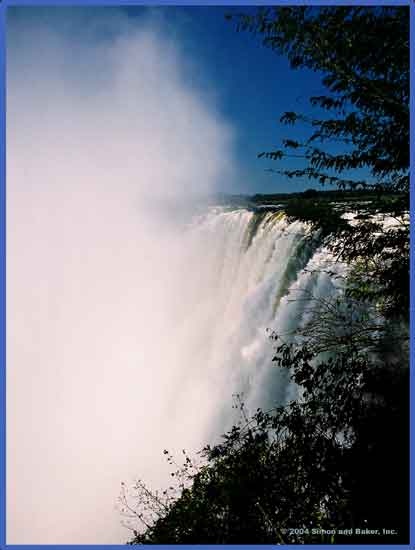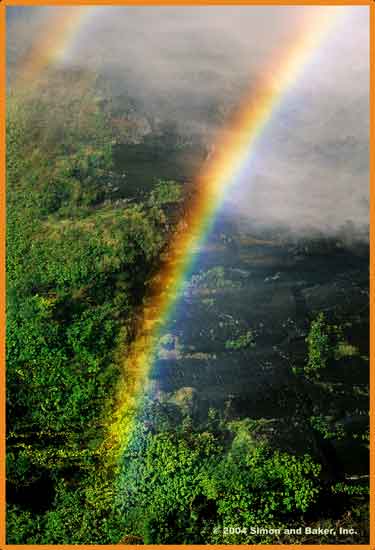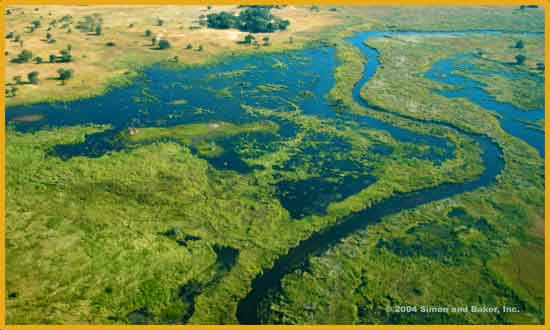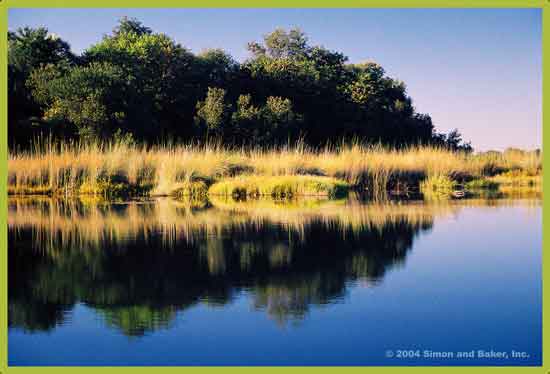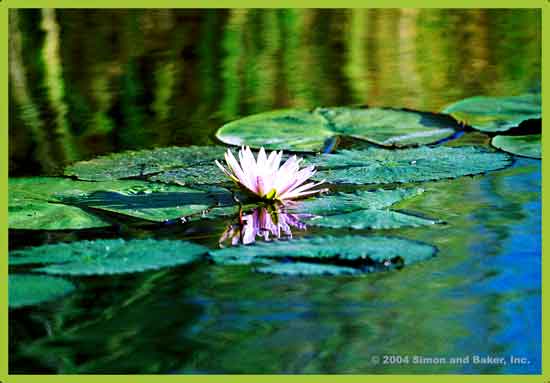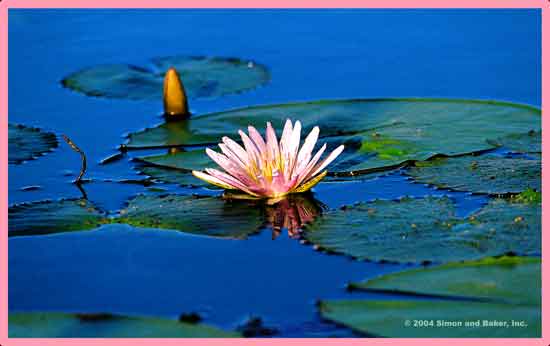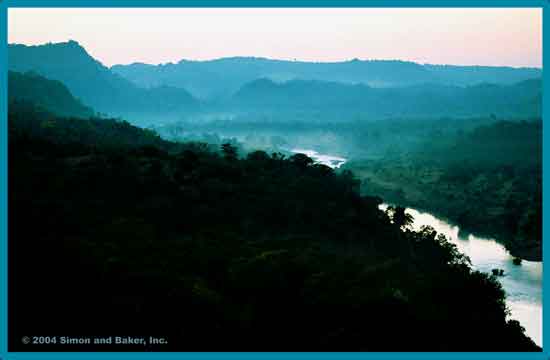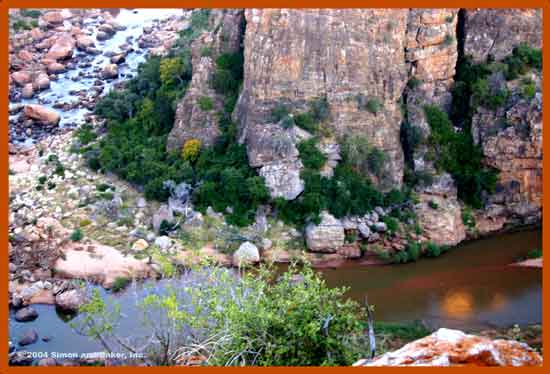SOUTHERN AFRICA Zambia, Botswana and South Africa
There is something special about Africa. This magical land will absorb you the moment you enter it. Your body and mind wander as you are at one with the wild in the world that mankind grew up in. The African air pulsates with the sounds of life, surrounding you with the idea that you are a small piece of a complex world that would be the same with or without you. Your mind is forever altered and your spirit too, will never be the same. As the wrinkles of urban living smooth out, your entire metabolism slows to the beat of a different, deeper drum.
You have come to this land to witness first hand the incredible creatures that live here, to feel their energy, to connect to their senses. You are anxious with anticipation as your eyes scan the African landscape for life that you know lies hidden there. Suddenly, your glance falls upon a dark hole in the bushes. A mysterious shape within the hole draws you in and holds your attention without effort. Your eyes strain to understand the shape within the hole that you see. Your breathing quickens as you detect the glow of amber eyes and realize that this shape is the face of an enormous male lion staring right at you. He is only yards away and you become keenly aware that there is no barrier between him and you. Your spine tingles and your heart begins to race for you have been seen, and are being watched by one of the greatest beasts to grace the earth. He has the upper hand as he is stronger and faster than you, but he does not move. The amber eyes that see out from the brush look right through you into your very soul. He lies motionless. Not even the air around him is brave enough to move. You are both frozen in state of suspended eternity. The intensity of those amber eyes etches into your memory forever. His is a face not to be forgotten...
THE CHANCE OF A LIFETIME Alan and I traveled to Africa on photographic assignment for Simon and Baker Travel Review. Our plan was to photograph a wide variety of luxury safari accommodations in the bush in three different countries, Zambia, Botswana and South Africa (in and around the Kruger National Park area). Our journey stretched a span of four weeks, taking us to some of the most remote regions in southern Africa. I was also there to gather reference materials for my painting, believing that one must experience first hand the wild places they wish to portray in order to give the light of life to their work.
Dwarfed by a giant termite mound, Joni with bush guide Mukansi, South Africa
Doing field work in the bush, Kruger Park, South Africa We started our journey in Zambia, near the justifiably famous Victoria Falls. A helicopter trip over the falls showed us its majesty and helped us to understand the flow of the water that created the unique shape of this cascading behemoth. Rainbows stretched themselves over the mist laden water, sometimes spanning half the width of the great Zambezi River. The deep gorge of the lower Zambezi is the result of water that has flowed unfettered since the dawn of time. The sound of water flying helplessly over the cliff side is almost deafening.
Victoria Falls from the air, Zambia
The thundering falls
Rainbow laden waters, Victoria Falls, Zambia Our next stop was Botswana where we stayed for two weeks in a variety of camps in very remote regions. The human population in the country of Botswana is quite low, leaving vast areas of untouched land for wildlife. The people of this stunning natural jewel wisely have designated forty percent of their country’s land to wild game preserves. Many of the camps are only accessible by bush planes that take off and land on questionable ground. The great Okavango Delta meanders through northern Botswana with fingery waterways stretching over an enormous part of the top third of the country. The game viewing is sensational and the birding unparalleled. Running up through the middle of this unspoiled country is the infamous Kalahari Desert with an eco system dramatically different from that of the great Delta. The Delta and the Desert have some animal and bird residents in common, and some that are uniquely adapted to these specific environments. There is something for everyone in Botswana, everyone who loves nature, that is.
One of hundreds of waterways that make up the great Okavango Delta, Botswana
Vibrant reflections, Okavango Delta
Lilies, Okavango Delta
Experiencing the tracker's point of view with bush guide Spencer, Okavango Delta, Botswana Our home for our final two weeks was Kruger National Park. The many miles of land that encompass this enormous park illustrate how diverse the terrain can be in South Africa and how quickly this terrain can change. The northern section of the park is very dramatic, with rivers that have carved out a great gorge creating ravines with steep rocky edges dotted with ancient Baobab trees. The southern part of the park is classic Africa, with wide open spaces where herds of ungulates prefer to gather, leaving any predators that may happen into the area more visible. Toward the middle of the park the terrain is lush, with thorn laden ground scrub and trees covering much of it, creating areas for animals to remain unseen. To the west of Kruger Park, outside of its borders lies a large range of mountains cloaked in vibrant green with unexpected vistas. Banana trees, lumber pines and other crops cover the fields within these lofty mountains. The soil is very fertile here and rain is a constant visitor.
Misty gorge, Luvuvhu River, northern Kruger National Park, South Africa
Dramatic view where the Luvuvhu and Mutale rivers converge, northern Kruger Park On the eastern edge of Kruger Park is another mountain range seated neatly on the border of South Africa and Mozambique. Fences between the two countries adjacent wild game parks have recently come down, allowing resident animals to move about more freely as they expand their much needed territories. Like so many countries on the continent of Africa, Mozambique is in political turmoil making it unsafe for visitors and uncomfortable for residents. Removal of these fences has encouraged refugees from Mozambique to make their way through Kruger Park into a more progressive South Africa where the promise of a better life awaits them. This is not a trip for the faint hearted, as it is not uncommon for Kruger Park Rangers to stumble upon the skeletal remains of refugees greeted with great misfortune as they attempt unsuccessfully to pass a pride of lions in their quest for a better life. The refugees are aware of the risks when they cross through the park, but the lure of improved economic opportunities in South Africa is overpowering for them. |
